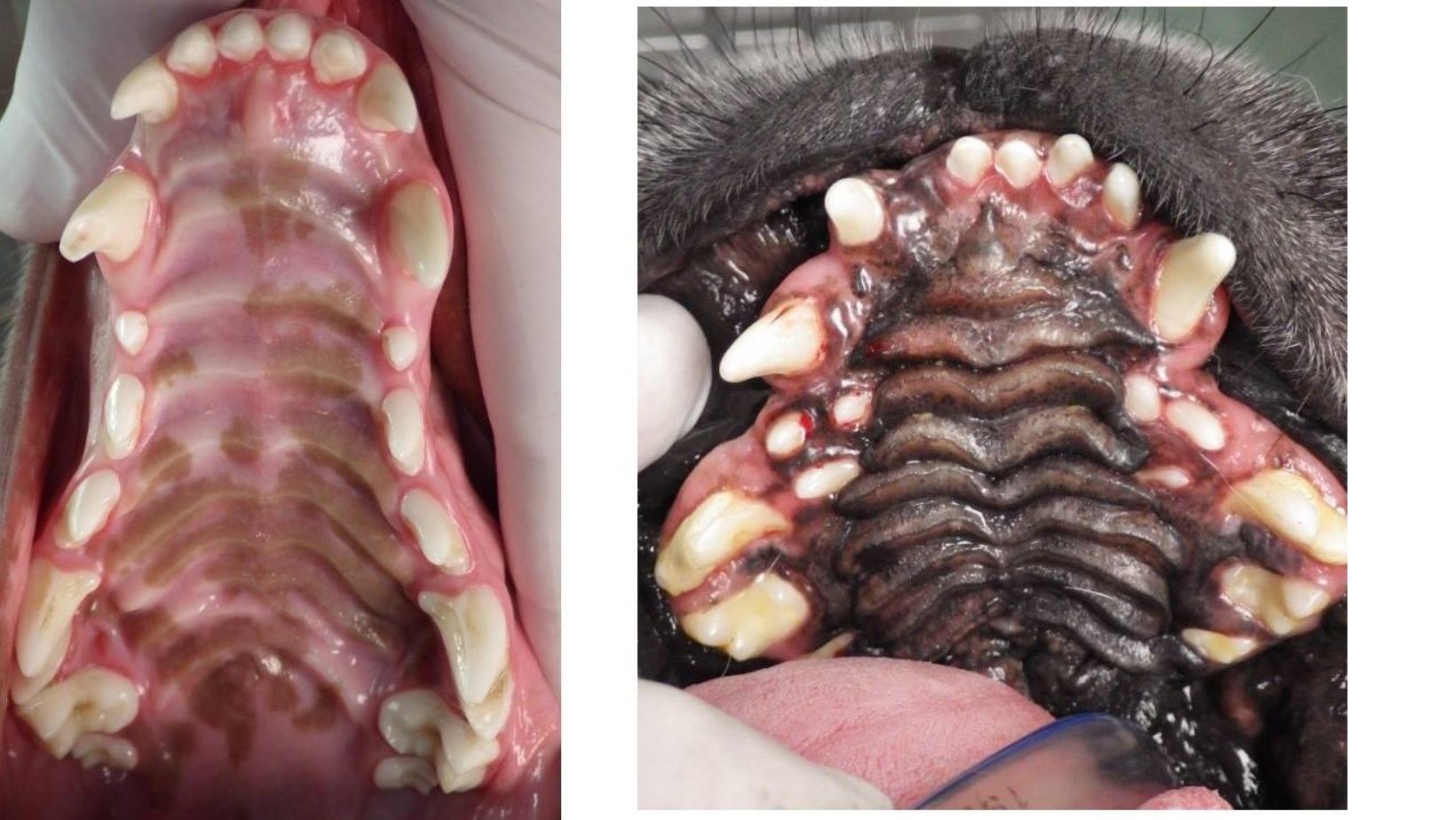Cancer, an unrelenting adversary, knows no boundaries, impacting not just humans but also our beloved canine companions. Amidst the array of malignancies that afflict dogs, osteosarcoma stands out as an exceptionally aggressive and heart-wrenching form of bone cancer. In this exploration, we embark on a journey into the realm of canine osteosarcoma, unveiling its unique attributes, mysterious origins, elusive symptoms, and potential paths to treatment.
Unmasking Osteosarcoma: An In-Depth Look
Osteosarcoma, a menacing bone tumor renowned for its malignant character, often takes root in the long bones of a dog’s anatomy, frequently targeting the limbs. Its belligerent nature reveals itself through swift metastasis, primarily toward the lungs, rendering it an even more formidable adversary. While no breed is immune, larger breeds, such as Great Danes, Saint Bernards, and Irish Wolfhounds, seem to face an elevated risk.
The Causes: A Perplexing Enigma
While the exact triggers of osteosarcoma in dogs remain elusive, several factors may heighten the risk:
- Genetic Factors: Genetics may exert an influence on a dog’s susceptibility to osteosarcoma, with certain breeds exhibiting a heightened predisposition, suggesting a genetic link.
- Age as a Factor: Osteosarcoma typically targets older dogs, often appearing in middle-aged or senior canines. Nevertheless, it can strike at any age.
- Size and Weight: Larger dog breeds seem to be more frequently afflicted, hinting at a potential correlation between a dog’s size and the likelihood of developing this malignancy.

Read more.. Going with Pets: Tips for a Pet-Accommodating Excursion
Signs and Symptoms: The Quest for Early Detection
Osteosarcoma’s stealthy progression can make early detection challenging, as dogs are adept at concealing their pain. However, as the tumor grows, various telltale symptoms may manifest, including:
- Lameness: Pain and lameness in the affected limb are common hallmarks of osteosarcoma, prompting affected dogs to limp or refrain from putting weight on the afflicted leg.
- Swelling: Visible or palpable swelling around the affected bone or joint may become evident as the tumor expands.
- Pain as a Pointer: Discomfort signals may emerge, with dogs vocalizing their distress, displaying restlessness, or undergoing changes in their behavior.
- Fractures: In severe cases, the compromised bone may become so weakened that it fractures spontaneously or with minimal provocation.
- Appetite Woes: Dogs grappling with osteosarcoma may exhibit a diminished interest in food, culminating in weight loss.
Diagnosis and Treatment: The Struggle Against Osteosarcoma
- X-rays: Radiographs prove instrumental in unearthing bone tumors, aiding in gauging their size and location.
- Biopsy: A biopsy often becomes indispensable for definitive diagnosis, enabling the scrutiny of tumor cells under the microscope.
- Advanced Imaging: Techniques like Computed Tomography (CT) or Magnetic Resonance Imaging (MRI) can furnish intricate insights into the extent of the cancer’s reach.
Once diagnosed, the journey to combat osteosarcoma in dogs unfolds, although it is no easy feat. The standard course of action frequently involves the amputation of the affected limb, complemented by chemotherapy. This combination approach can extend a dog’s lifespan and enhance their overall quality of life, though it may not offer a definitive cure.

Read more.. Discovering the Best Accessories for Your Beloved Cats Online
A Path Forward
The looming threat of osteosarcoma hangs heavily over those who share their lives with dogs, delivering a dreaded diagnosis that no one ever hopes to receive. Nonetheless, the relentless march of progress in veterinary medicine offers a glimmer of hope and the promise of enhanced outcomes for our cherished canine companions. As conscientious dog caregivers, it remains our utmost duty to maintain a vigilant eye for any hints of lameness, discomfort, or swelling in our four-legged family members. Swift detection and decisive action can wield substantial influence in the battle against this formidable adversary, as we steadfastly guard and celebrate the unwavering loyalty of our canine companions in the face of osteosarcoma.
Read more.. Navigating the Maze: Unveiling the 5 Worst Health Insurance Companies in India




